"Very Rare Small Alcove Cartel"
Very rare little alcove cartel and its console of applique in green horn garnished with gilded and chiselled bronzes punched with the "crowned C" forming foliage scrolls and volutes. The upper part is composed of a foliated rock vase. The box is embellished with chiseled and gilded bronze, resting on four small arched feet topped with exploded grenades. The original movement is signed by "Gudin in Paris" ringing at the request by draw. The dial, dated "1748" and signed "Decla", is in Roman numerals for hours and Arabic numerals for minutes. Louis XV, around 1750 Restoration of use and resumption of gilding H. 59 x L. 25 x 16.5 cm P. This exceptional cartel is characteristic of the eighteenth century French productions. It is an object witnessing changes in tastes and uses: under the reign of Louis XV, the pieces become smaller and accommodate pendulums and cartels of smaller sizes. Thus, the rooms are equipped with this type of books sometimes equipped, and as our model presents, a system giving the night time through a cord, they are called alcove cartels or bedside cartels. These cartels are placed on a wall console and become a real sculpture as the work of bronzes, watchmaking and cabinet making are important. Thus, these objects lend themselves entirely to the exercise of the fantasy imposed by the Rockery, a style that originated in the gardens highlighting the jagged forms, the ornaments of foliage, branches of flowers, waved volutes and asymmetrical against the straight line proposed between the years 1730 to 1750. In this way and as evidenced by our cartel, the form of the frame adopts a violin shape, the glass placed in front of the dial follows a harmonious curve, the needles are perforated and modeled, the top of the hat is surmounted by either a subject or an elegant bouquet of foliage that allows to extend the pendulum. The bronzes therefore have an essential place in the quality of these exceptional objects. They are the favorite materials of Louis XV watchmaking since they allow movement. The cartel of our study is richly adorned with bold bronzes forming foliage scrolls, exploded grenades visible even from behind which proves the quality of this object. The whole is surmounted by a vase that has been found on other cartels. In addition, all the bronzes are stamped with the "crowned C", tax which was inculcated of 1745 until 1749 under the Royal Edict setting the establishment of the right of the mark on the old or new works of copper and bronze. The green horn decorating the oak frame of our cartel is very much sought after by amateurs today but also under the reign of Louis XV. This decor was rarely used by André Charles Boulle but was quickly used during the reign of Louis XV and became the fashionable coating for cartels. It was then a verdigris color in the eighteenth century, but today, with the moon, the horn appears more showy and embellished with white mottling that delight the connoisseurs of today. The beef horn was used in thin slices then coated with a mixture of copper and grapes on the inside of the cartel. There are also some cartels in blue or pink horn, but the green is the most appreciated. This complex technique requires a careful cabinet work as it is fragile: the edges and corners are trimmed with a thin net and copper commas to hold flush the pieces of horns. The coating is not the only quality of our object, other elements are symbolic of the production of this time. Watchmaking is particularly valuable here. At the beginning of the eighteenth century, watchmaking technology made notable progress and watchmakers multiplied to become an important corporation. As a result, the watchmakers, due to their new importance, inscribe their name on the dial and sometimes even their address as our cartel attributed to "Gudin in Paris". Several masters have this name between 1736 to 1762. Moreover, the technique increasingly mastered is manifested in the white enamel dial slightly domed made of one piece. This as well as the presence of the hours in Roman numerals and the minutes in Arabic numerals painted in black indicate that the work dates from the years 1750. Moreover, we are lucky to have a brand painted in black on the back of the dial specifying the date. This is the brand "Decla - 1748" probably mentioning both the name of the enameller and the date of realization of the dial. Sources: Tardy, The French Pendulum from the Beginnings to the Present, Tardy, 1949. Pierre Kjellberg, Encyclopedia of the French Pendulum, Edition of the Amateur, 1997. 


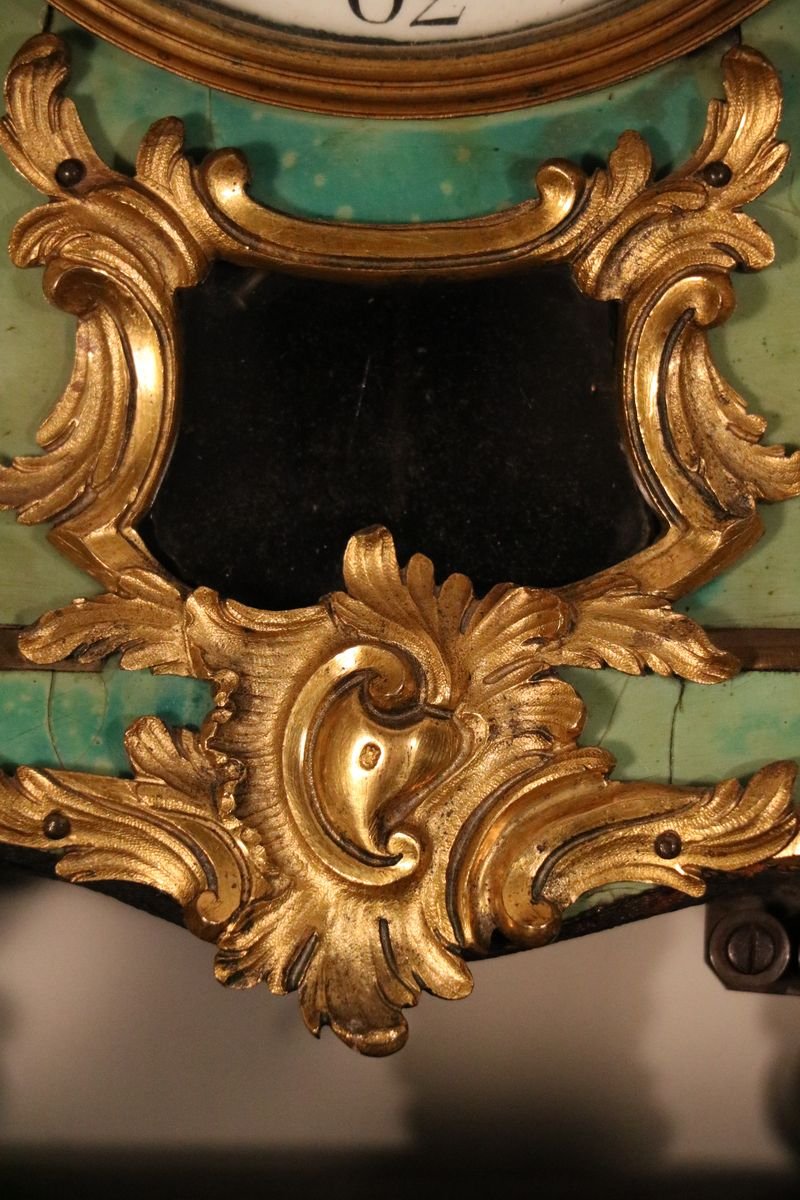
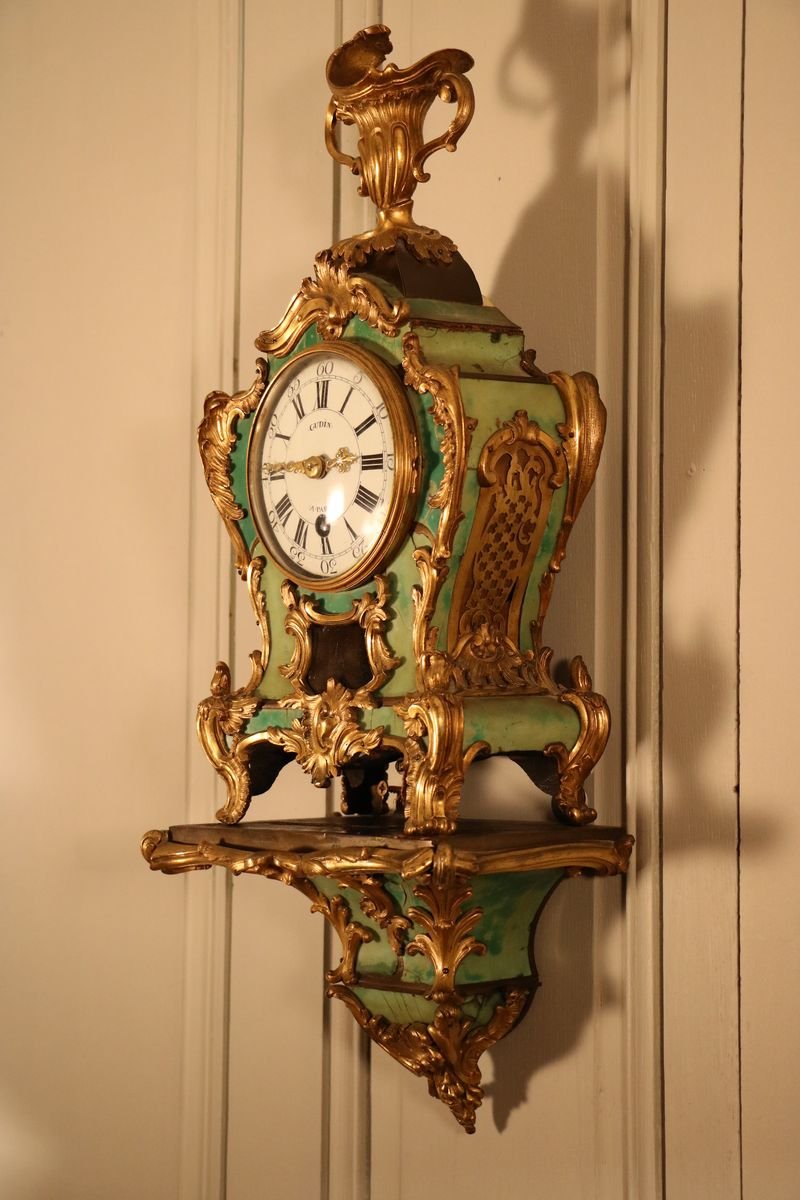
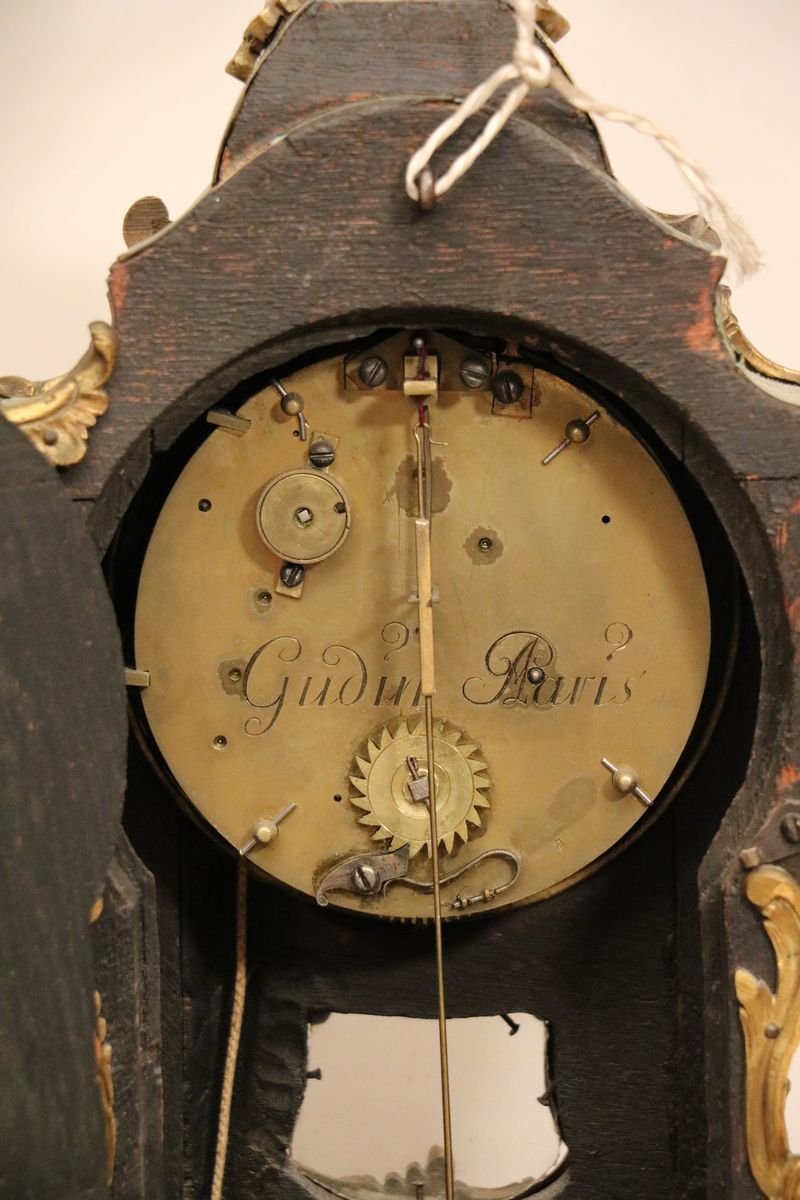
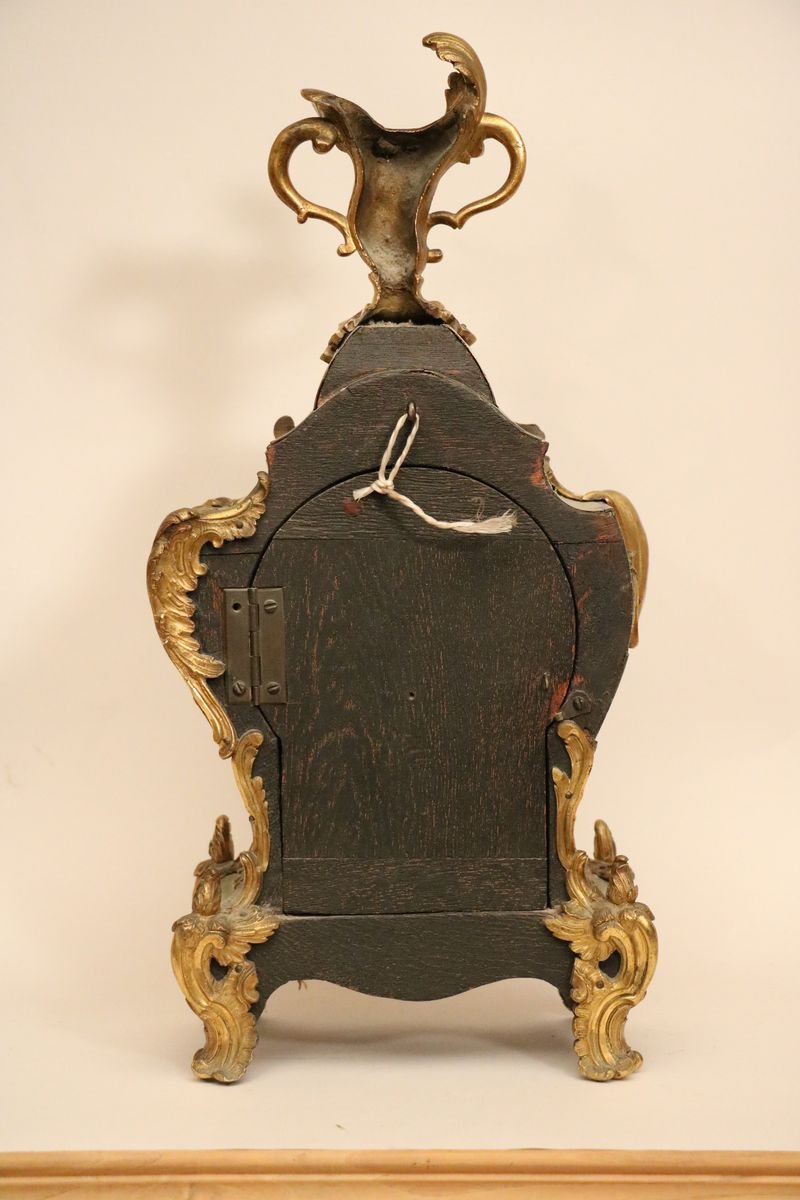
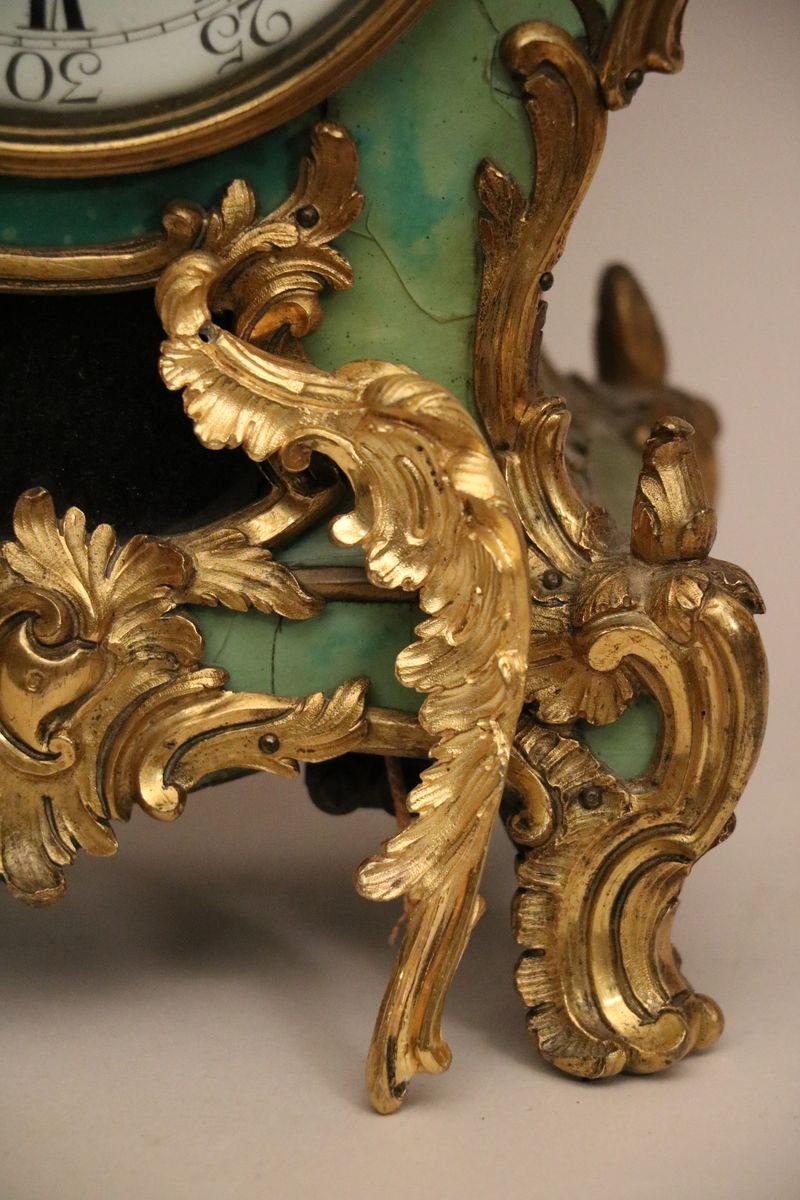
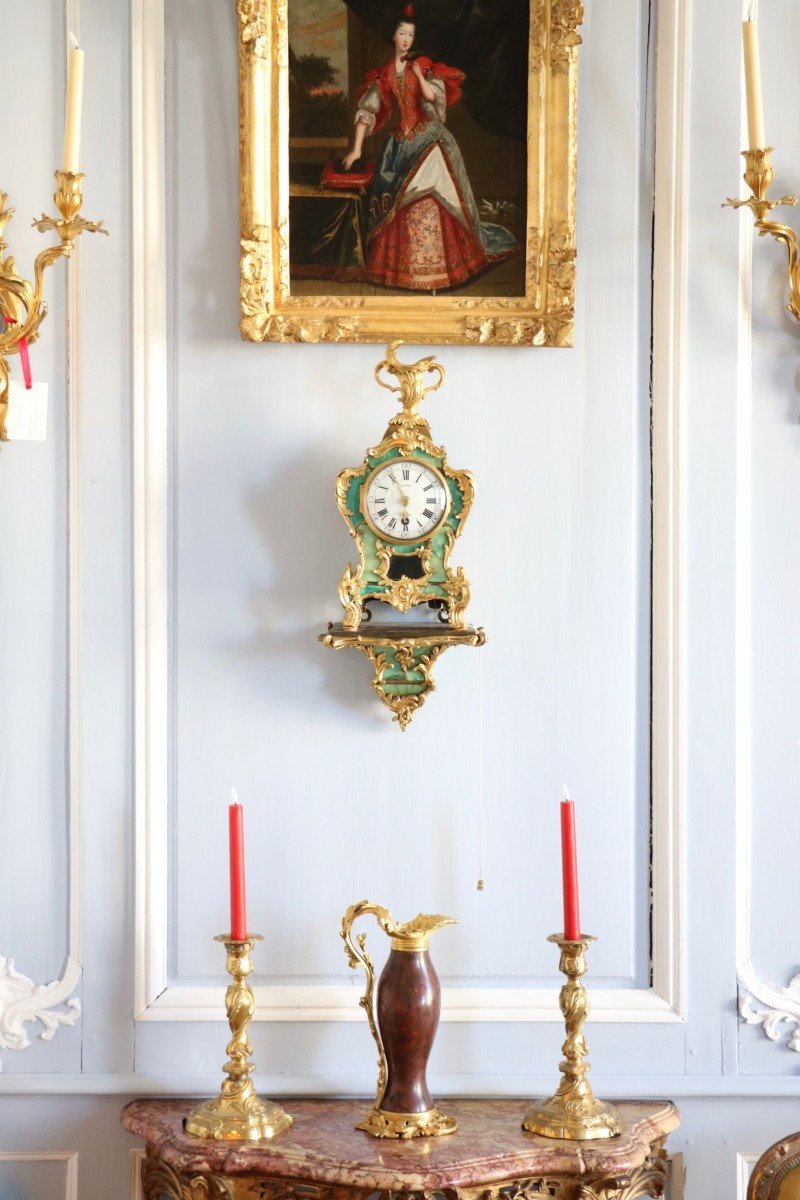
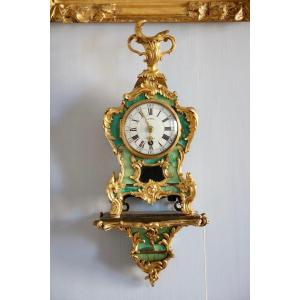







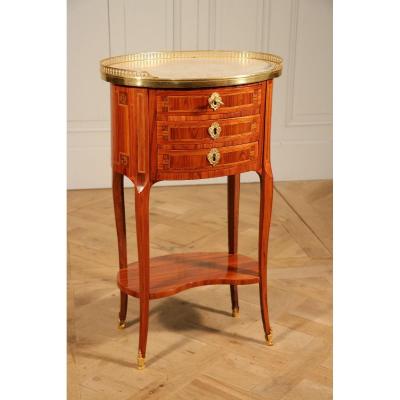
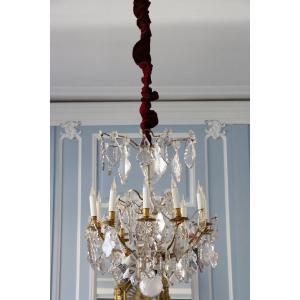

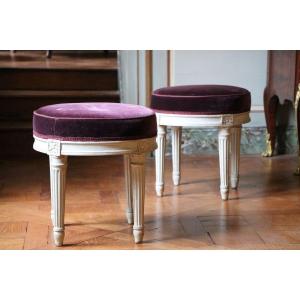




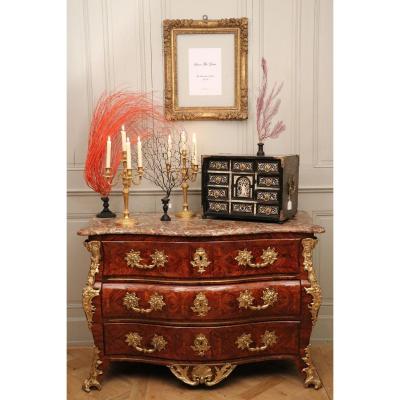
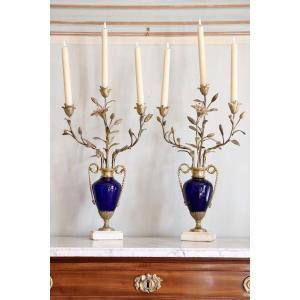
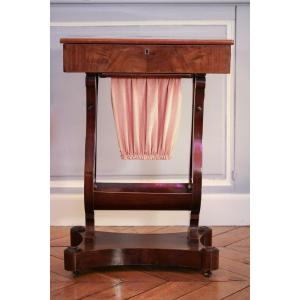
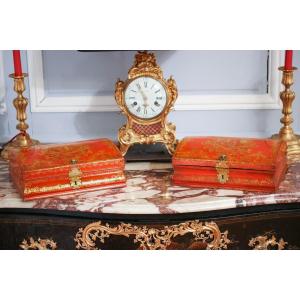
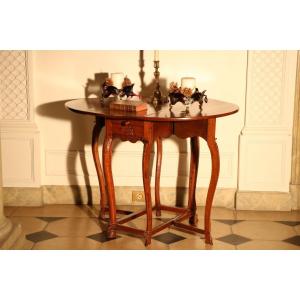
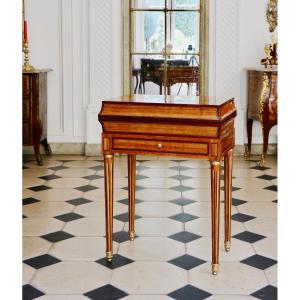


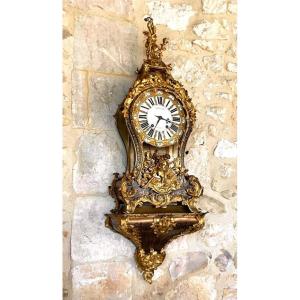
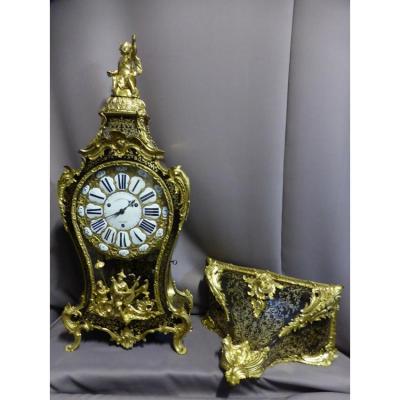
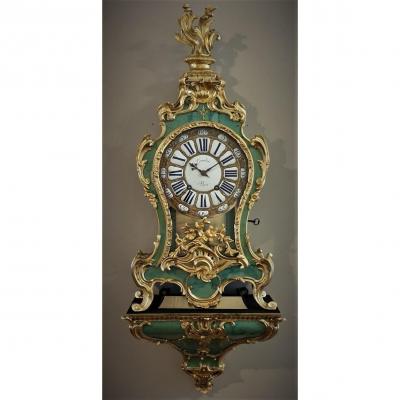
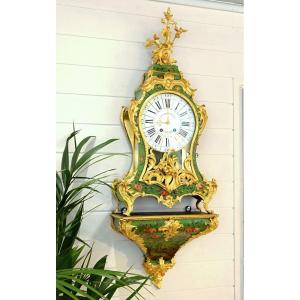




 Le Magazine
Le Magazine Rivista Artiquariato
Rivista Artiquariato TRÉSORS magazine
TRÉSORS magazine